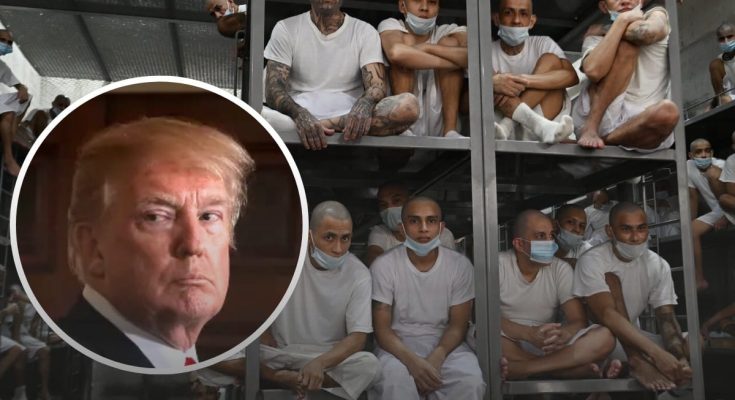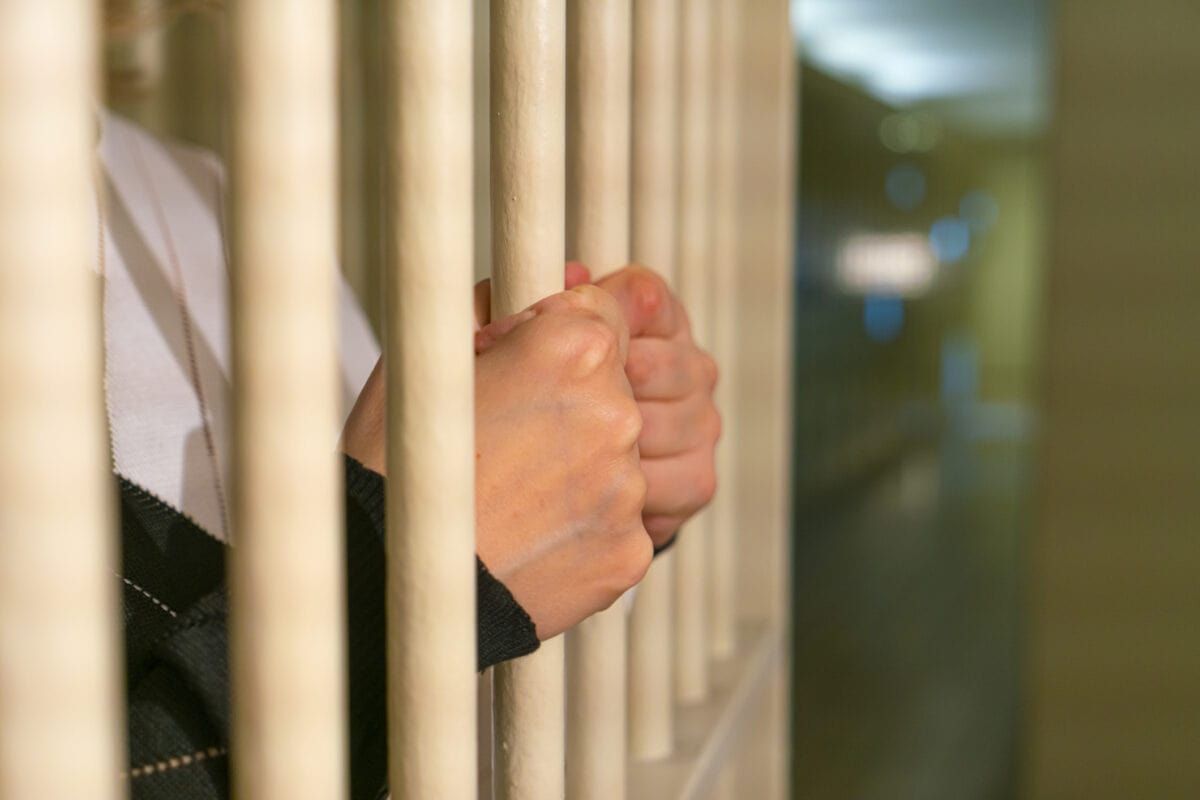
Shocking prison conditions exposed.
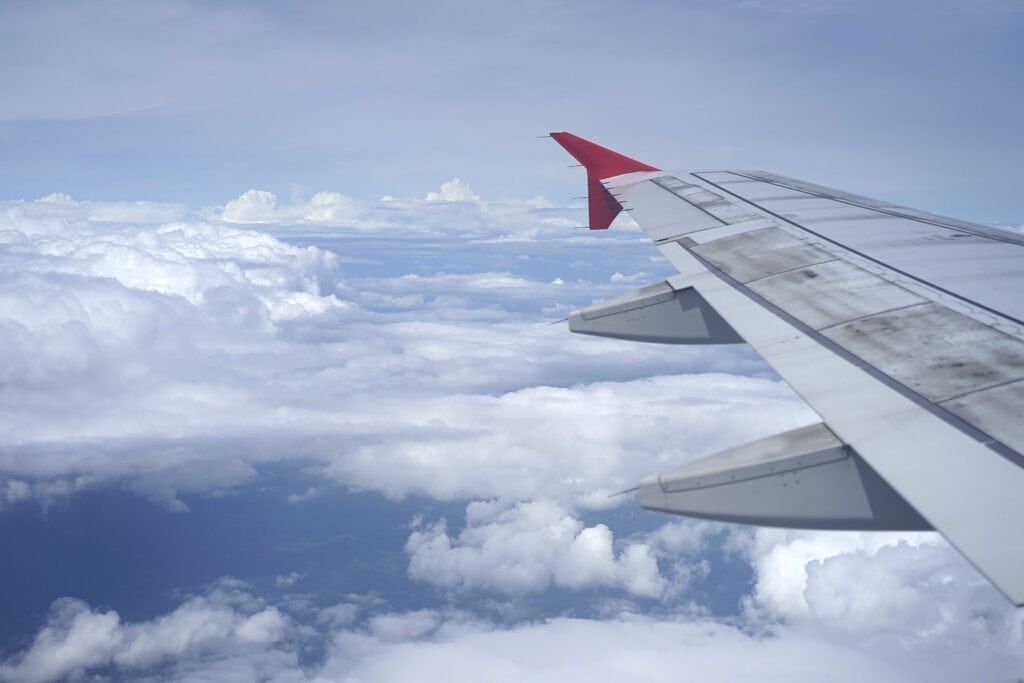
More than 250 alleged gang members were flown to Venezuela after being deported from the U.S. by Donald Trump on March 16.
Trump’s bombshell move explained.
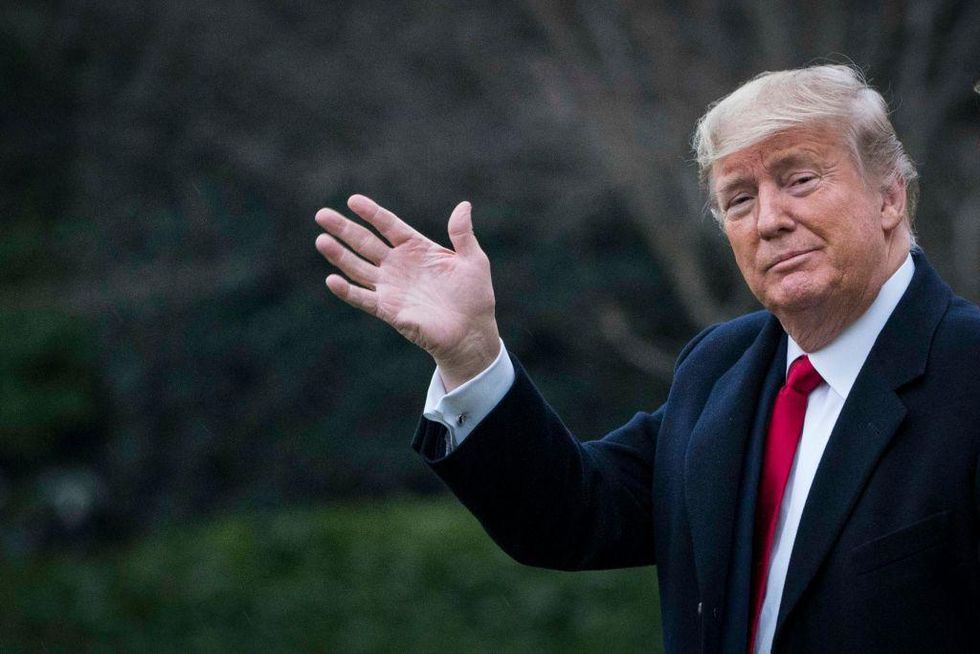
Despite a court order to halt the deportation, Trump pressed ahead with sending over 230 members of two infamous gangs, Tren de Aragua and MS-13.
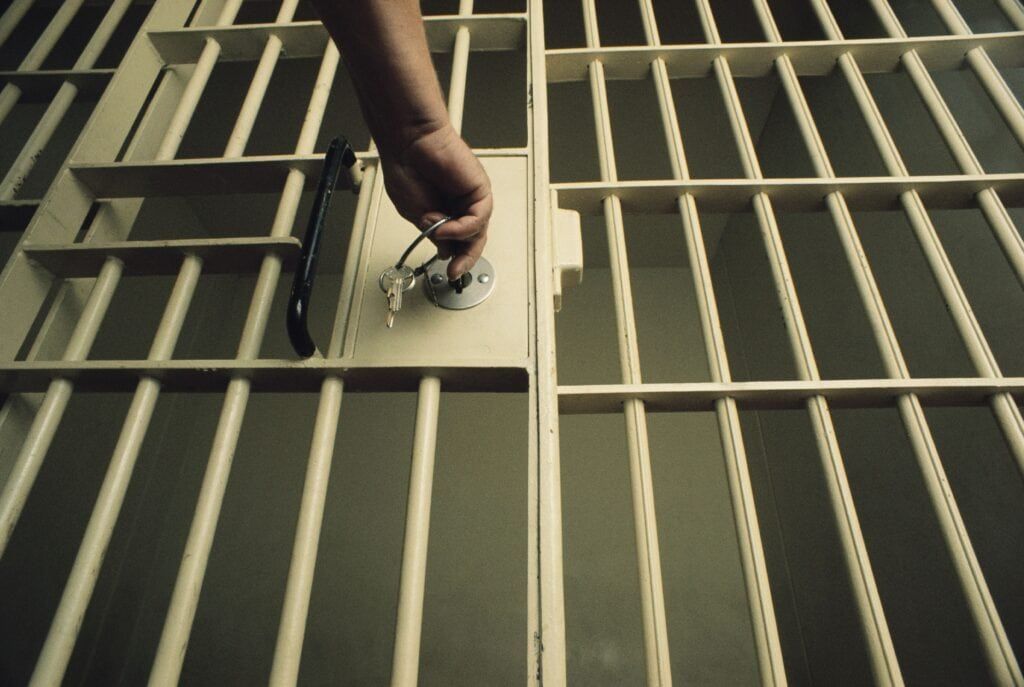
The prisoners, all accused of severe crimes, have now arrived at the Centro de Confinamiento del Terrorismo (CECOT) in El Salvador, a place with a notorious reputation.
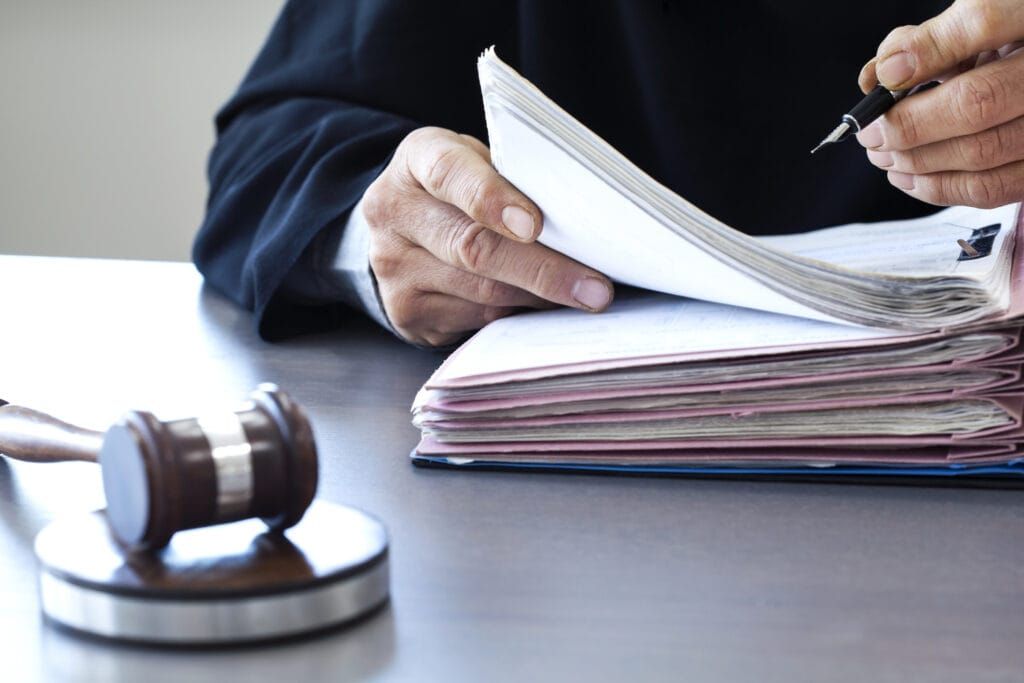
Trump invoked the Alien Enemies Act, calling the gang members “unlawfully infiltrated” into the U.S., despite a judge’s temporary ruling to block the flights.

When questioned about defying the judge’s order, Trump shrugged off concerns, saying, “You have to speak to the lawyers. These were bad people.”
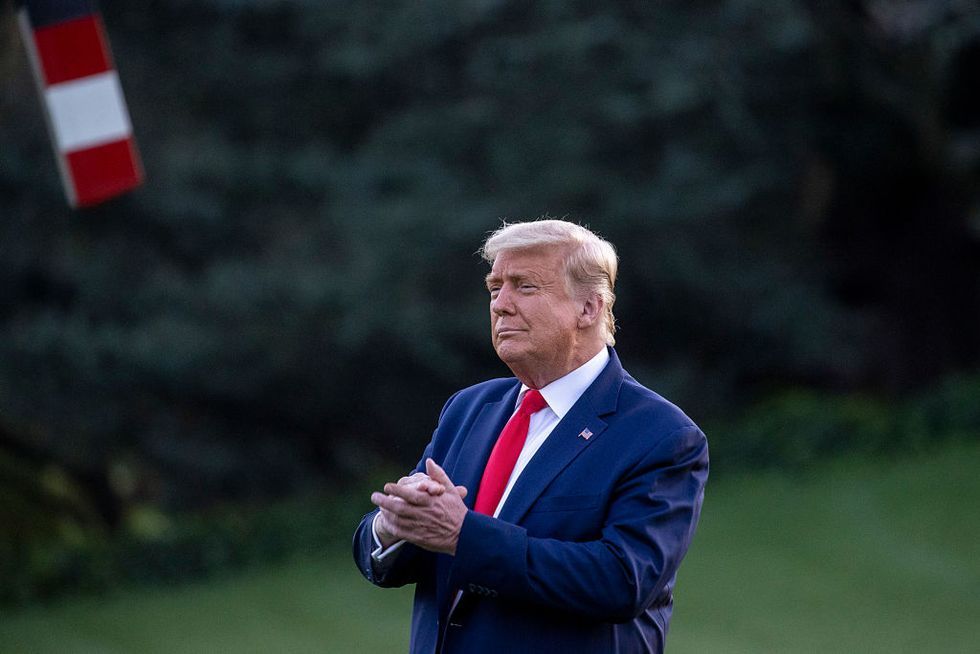
Trump stood firm, claiming the use of the 18th-century Alien Enemies Act was justified, saying, “This is a time of war,” and describing the influx of criminal migrants as an “invasion.”
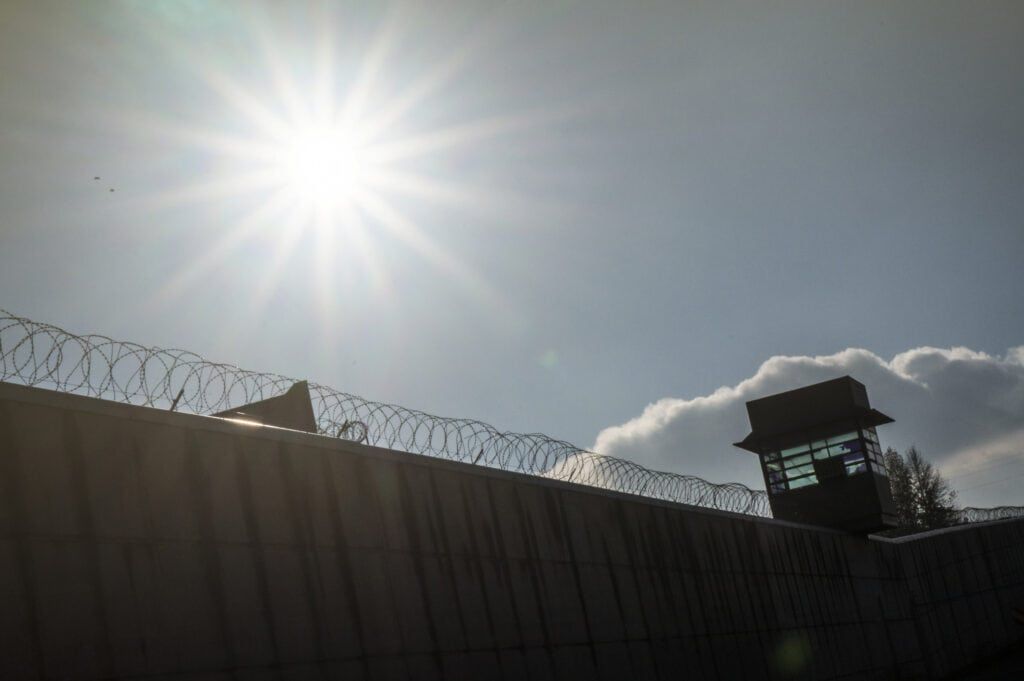
In a controversial move, the U.S. government will pay El Salvador to house hundreds of these gang members at the feared CECOT.
CECOT conditions clarified.
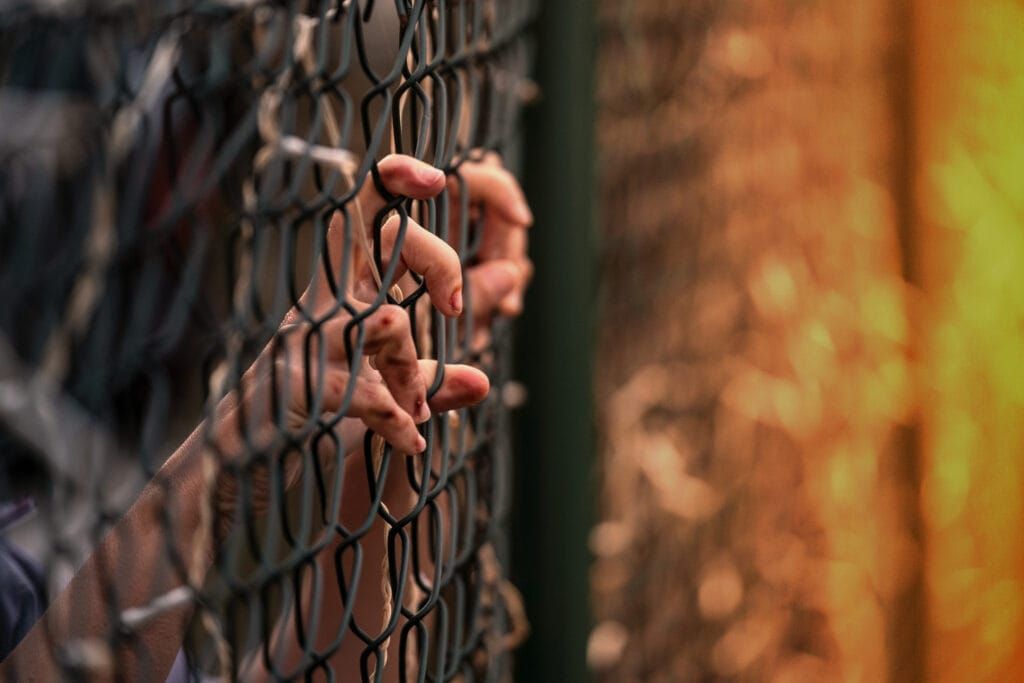
Opened in 2023, CECOT is already infamous for its brutal conditions, and the prisoners now heading there will endure some of the world’s harshest treatment.
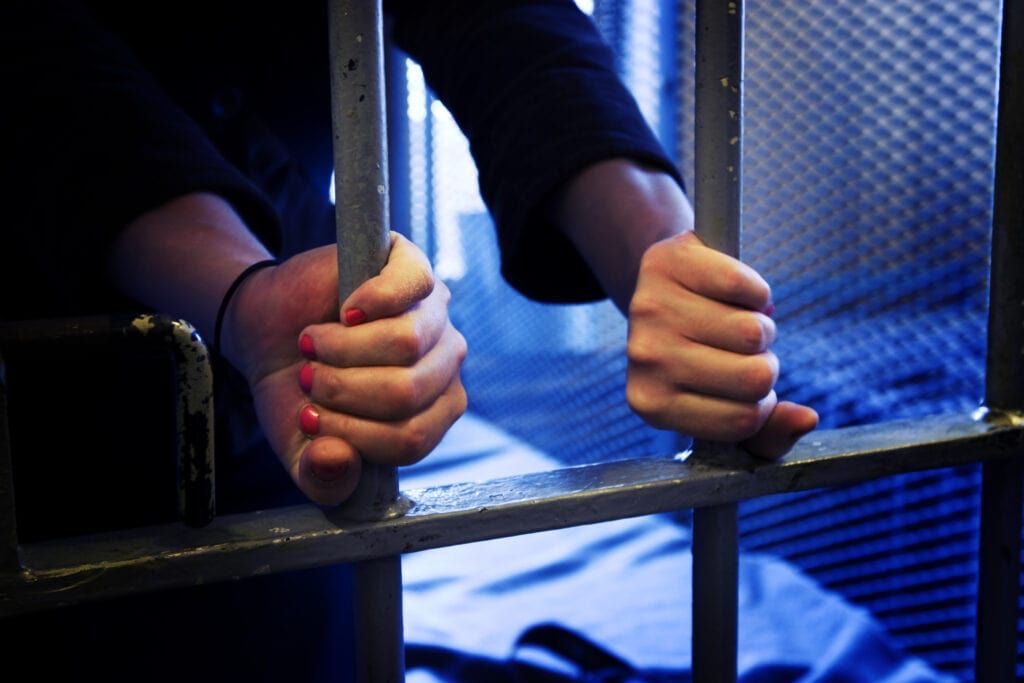
CECOT is infamous for its overcrowding, with thousands of gang-affiliated individuals crammed into cells that have little to no room for personal space or basic comforts.
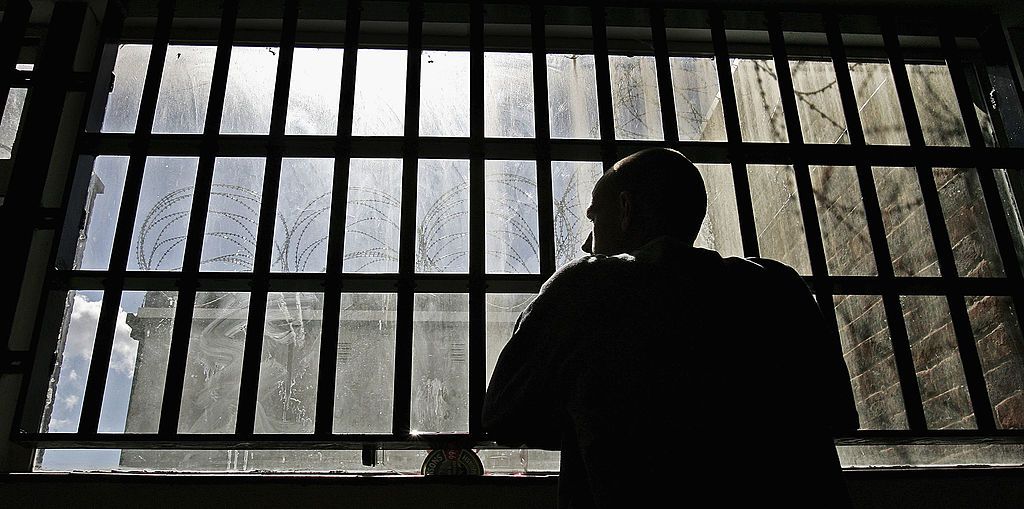
Inside CECOT, inmates sleep on bare metal, with no mattresses or sheets, and are subjected to constant surveillance by guards peering down from diamond-shaped mesh ceilings.
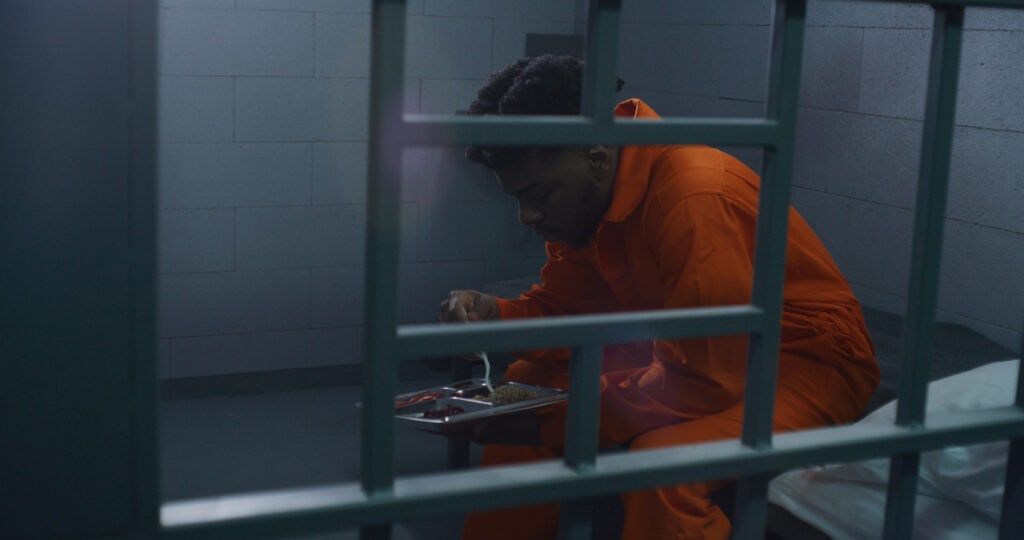
Each cell has two toilets and two basins, yet no privacy whatsoever—leading to accusations that CECOT’s conditions are inhumane and cruel.

The cells lack windows, fans, or air conditioning, and the temperature can reach a sweltering 35°C during the day, making survival inside near impossible for the prisoners.
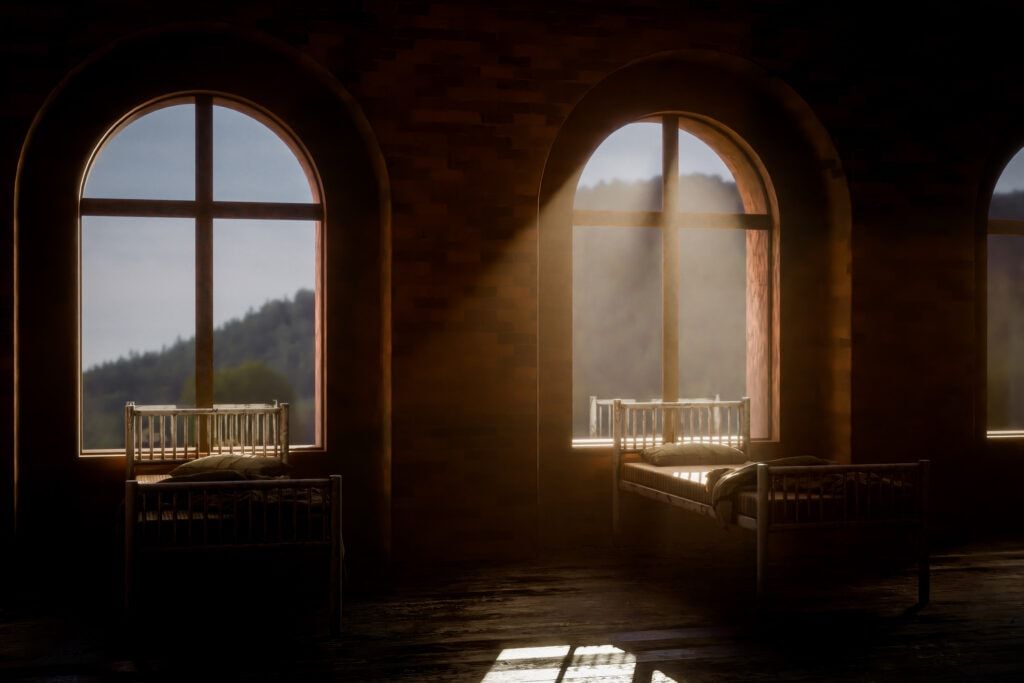
Prisoners in CECOT have no access to outdoor spaces, forced to remain locked in their cells, with only occasional trips to online hearings or solitary confinement.
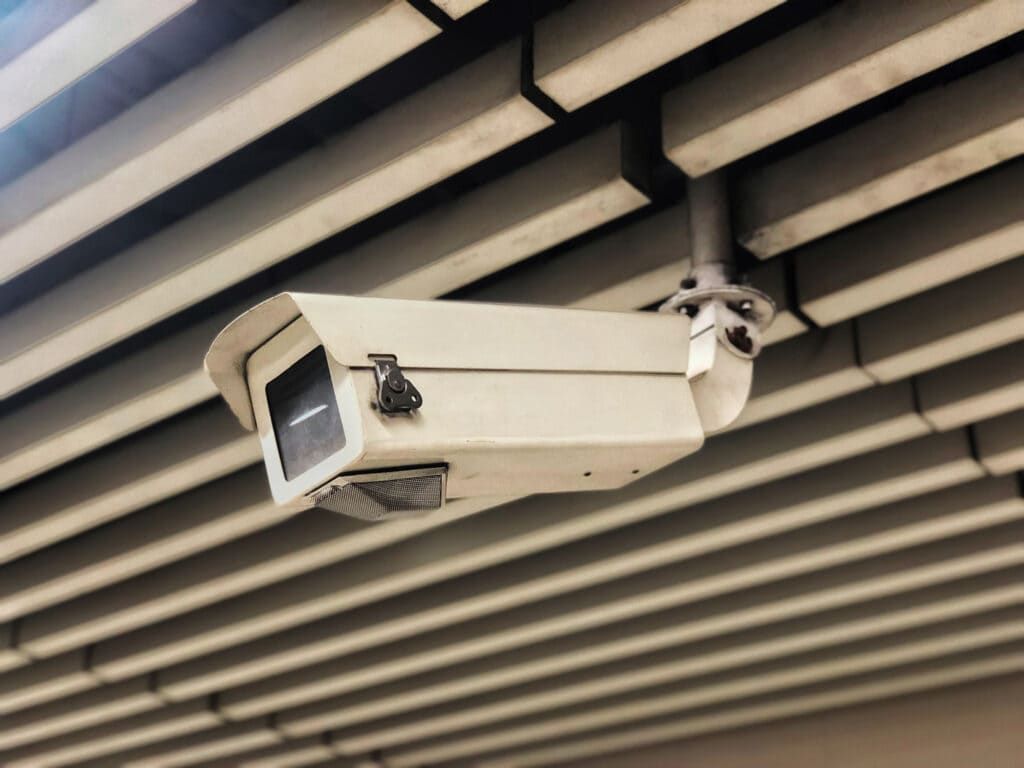
The facility in Tecoluca, El Salvador, is one of the most secure prisons worldwide, with constant surveillance, multiple electrified fences, and 19 watchtowers keeping strict control over inmates.
Life at CECOT detailed.

Human rights experts have blasted CECOT, with Miguel Sarre, a former UN torture expert, calling it a “concrete and steel pit” designed to rid society of prisoners without resorting to the death penalty.
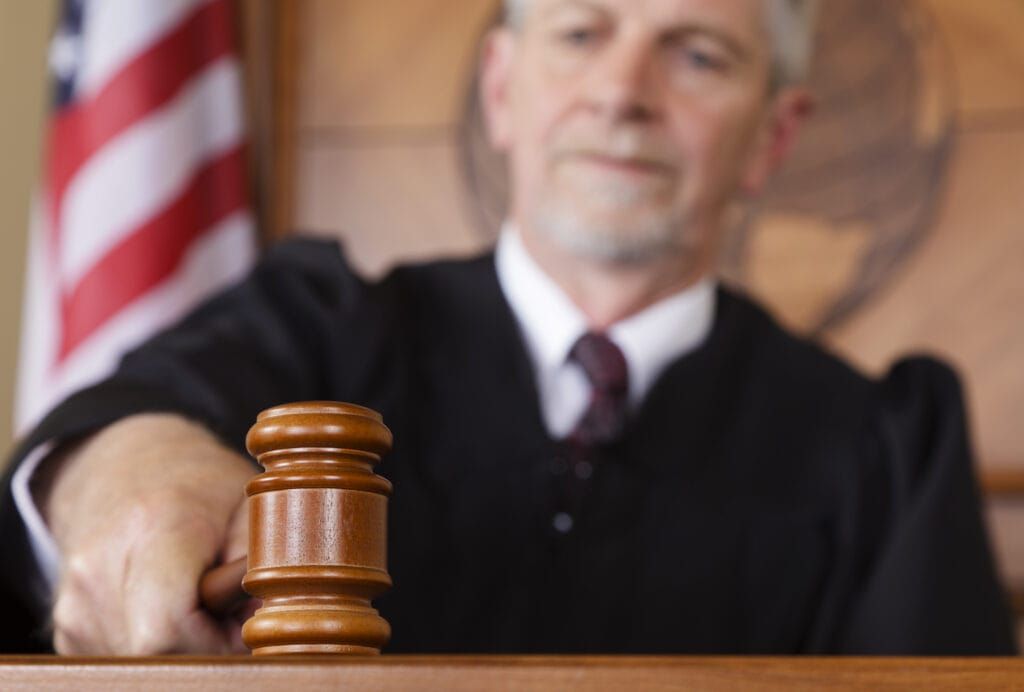
Antonio Durán, a senior judge, condemned the prison’s methods, calling them “not only wrong but also criminal,” likening the environment to torture.
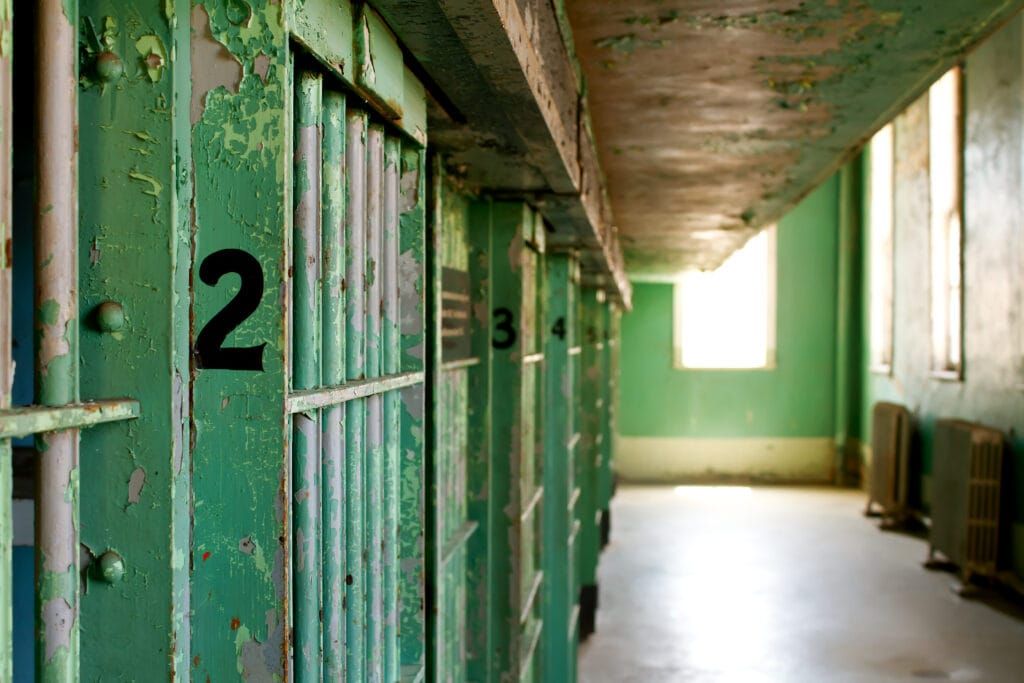
The prisoners face a double layer of electrified fences, surrounded by reinforced concrete walls, making escape almost impossible unless they manage to outsmart the vigilant guards.
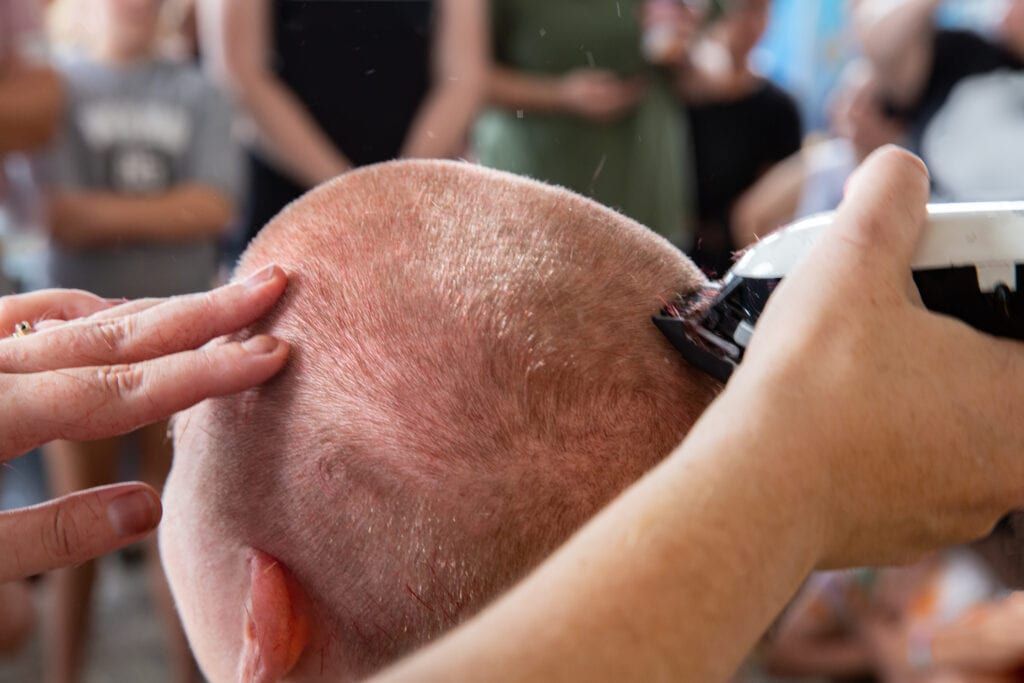
Each prisoner is forced to have their head shaved every five days and must wear plain white t-shirts and shorts throughout their incarceration, stripping them of any semblance of individuality.
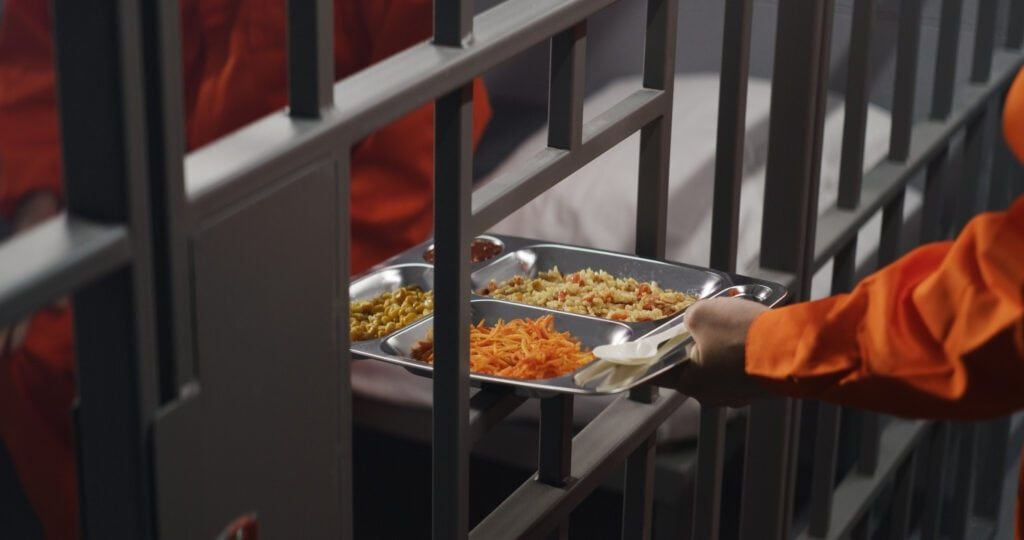
At CECOT, even the basic act of eating is stripped of dignity. Inmates must eat their meals with their hands, using no utensils—food is basic and unappetizing.
Frightening first-hand accounts unveiled.

Leire Venta, a BBC News Mundo correspondent, gave a chilling report of her time at CECOT, describing the oppressive conditions that left a permanent scar on her memory.
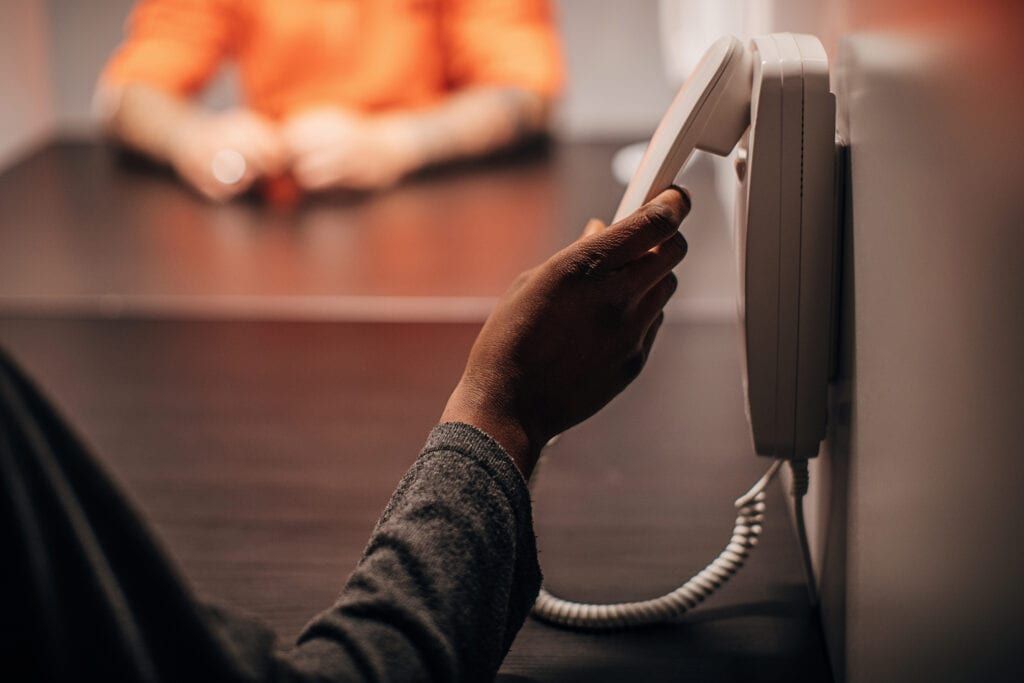
Venta recalled that the lights in the cells never go off, the air is stifling, and the heat can be unbearable, while hooded guards patrol constantly, keeping prisoners in a state of constant fear.
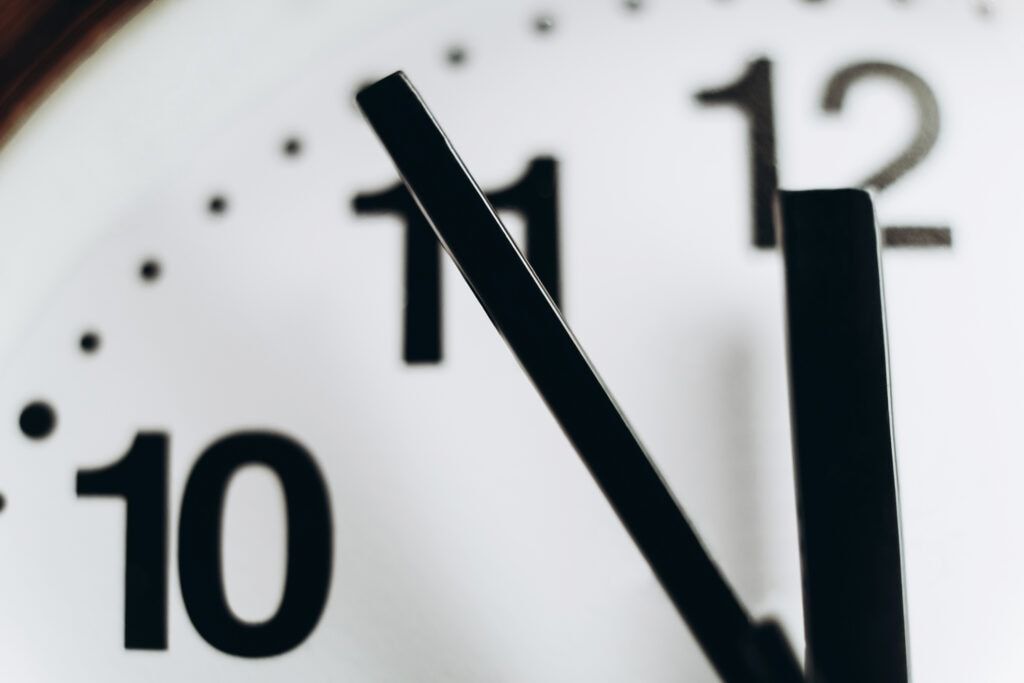
Prisoners climb into four-story bunks each night, their bare bodies resting on cold, hard metal, without a mattress or any form of comfort—just a brutal routine.

The director of CECOT made it clear to Venta, “Here are the psychopaths, the terrorists, the murderers,” warning her not to look the prisoners in the eye, as anything could be used as a weapon.
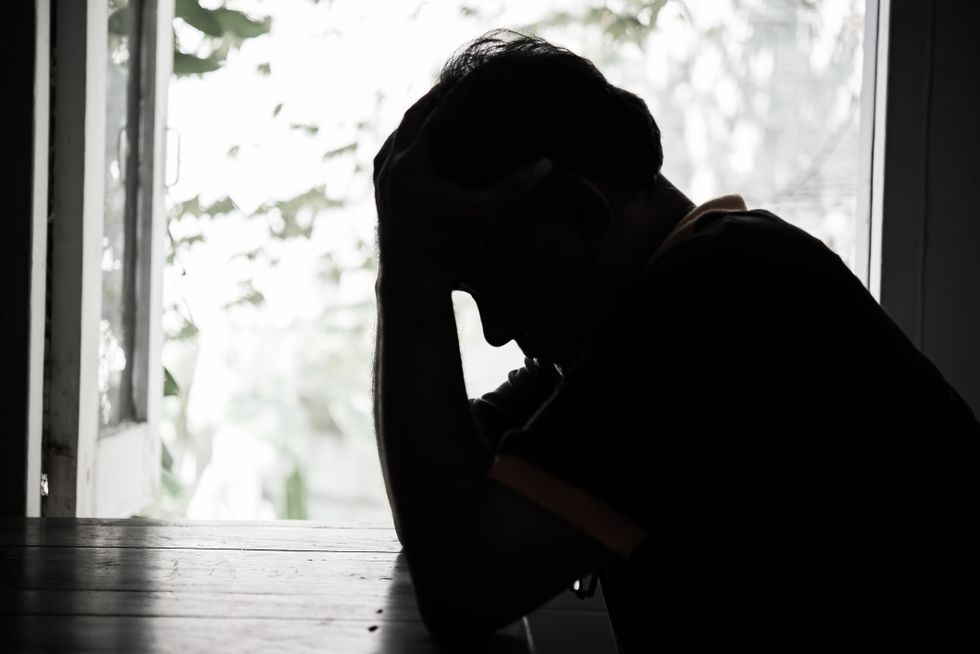
With armed, hooded guards watching from above, CECOT’s prisoners have little hope of escaping their nightmare; it’s a place where any misstep is immediately punished.
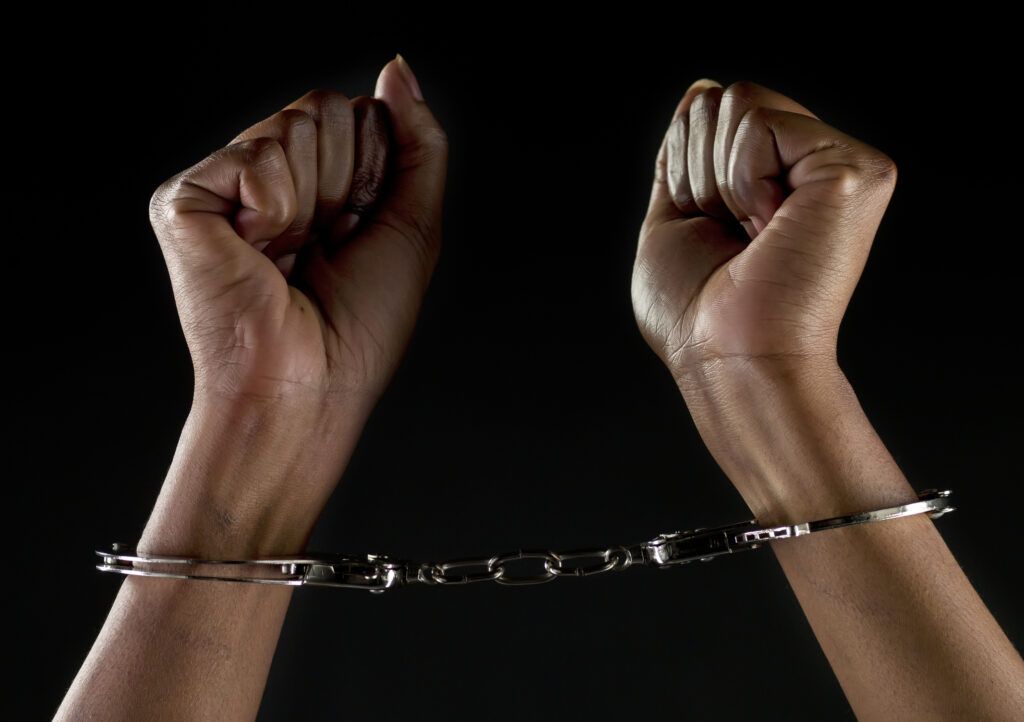
President Nayib Bukele views CECOT as a powerful tool in his war on crime, recently sharing images of the handcuffed prisoners and stating that they are crucial in his fight against organized crime.

Bukele took to social media, calling the arrival of these deported prisoners a victory for his administration’s strategy to make El Salvador safer and stronger against gangs.
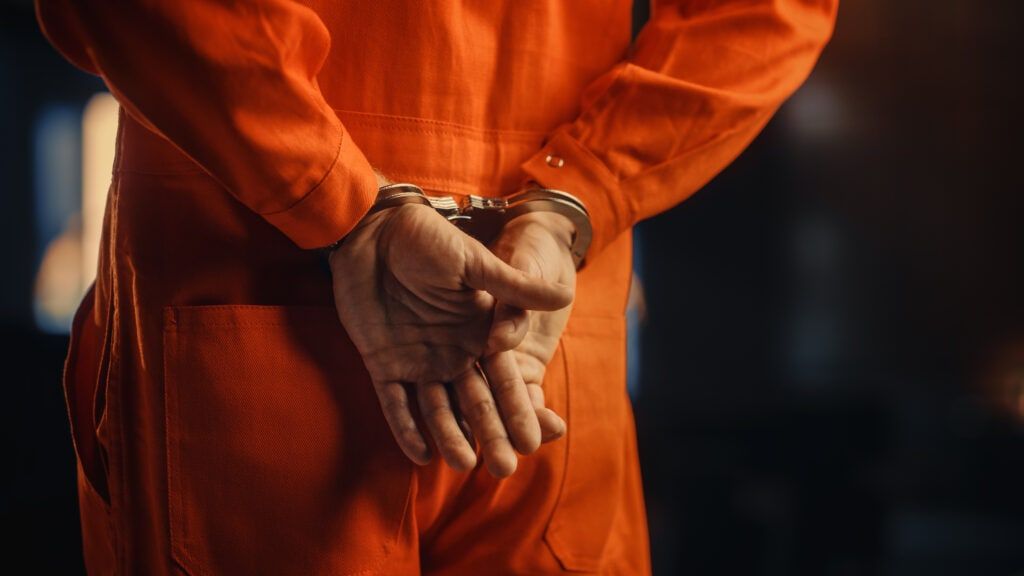
The handcuffed gang members arrived with minimal ceremony, their images shared widely on social media, drawing both support and outrage from global onlookers.
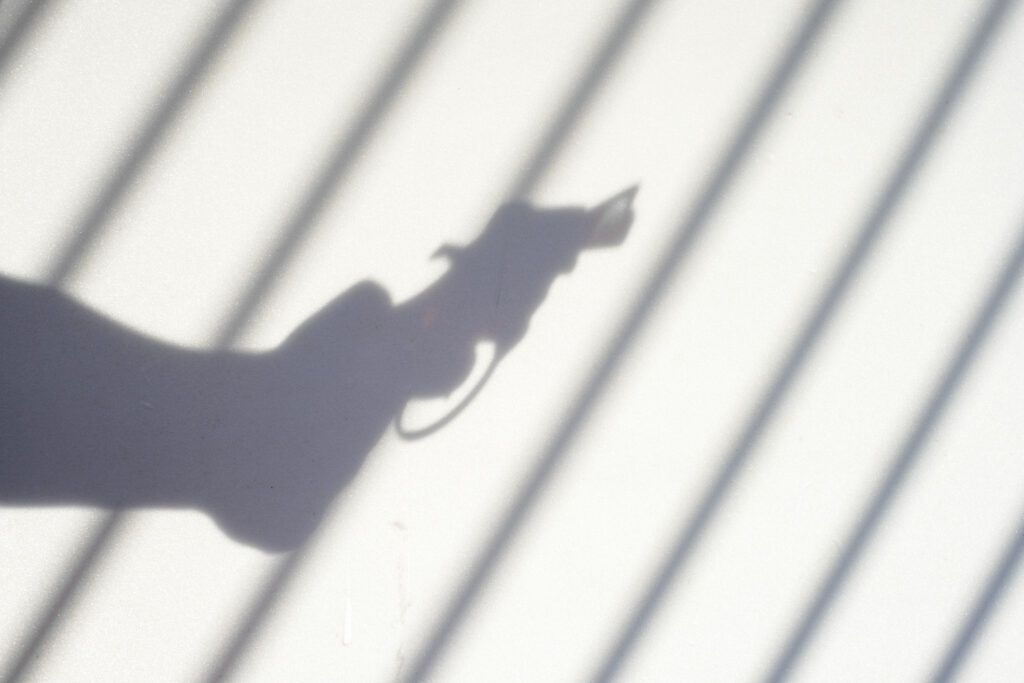
Bukele’s administration believes that CECOT will help gain vital intelligence and serve as a key piece in solving the ongoing crisis of gang violence within El Salvador’s borders
A call for global attention.
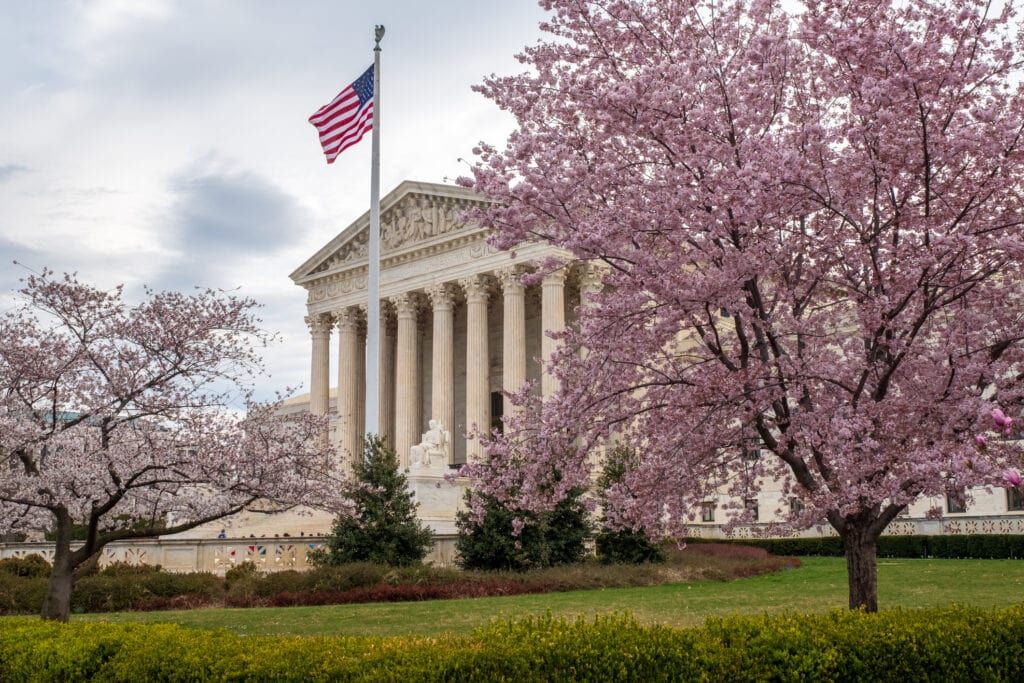
While some see CECOT as a bold solution to gang violence, others decry the conditions as an unacceptable violation of human rights, raising questions about the lengths governments will go to combat crime.

As the debate over the prison rages on, CECOT stands at the center of a growing global controversy about what is acceptable in the fight against organized crime.
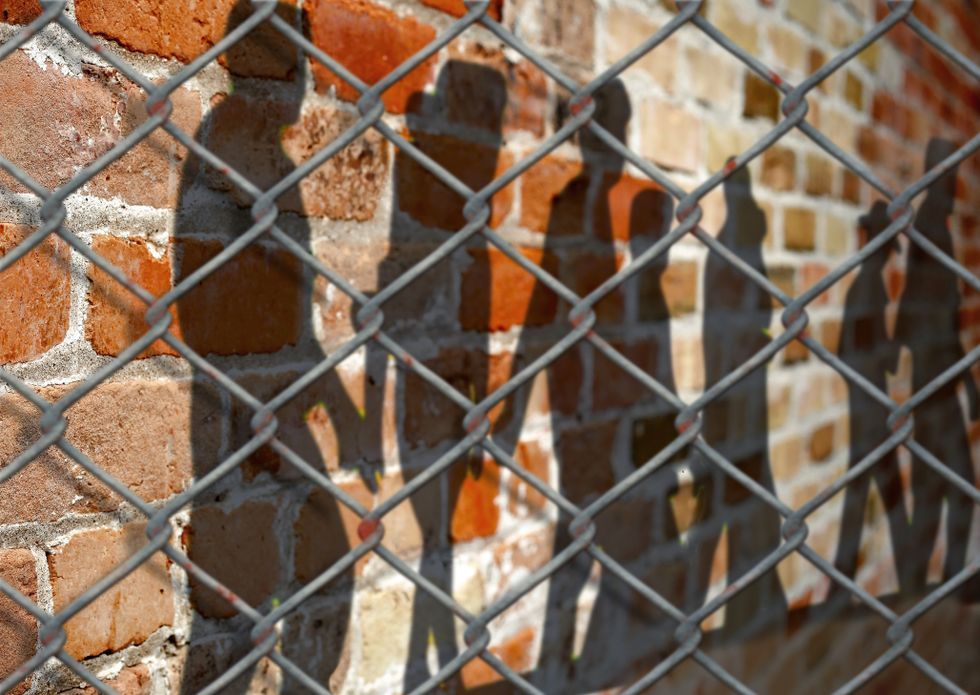
As more prisoners arrive, it’s clear that the world is watching CECOT’s every move. Will the extreme tactics prove effective or push the boundaries of acceptable punishment too far?

While CECOT’s harshness may be the government’s answer to escalating gang violence, it leaves us wondering: Can there be justice in a system where the line between security and torture becomes so blurred?
